Top 5 Hurricane Myths Debunked
Hurricane Mythbusters: Taping Windows Does NOT Save You
As hurricane season approaches, preparation becomes paramount for those living in vulnerable coastal regions. Amidst the flurry of activity – securing outdoor furniture, stocking up on supplies, and reviewing evacuation plans – a persistent myth continues to circulate: taping windows prevents them from shattering during a hurricane. This well-intentioned practice, however, offers a false sense of security and does little to protect your home from the destructive forces of hurricane-force winds.
The Science Behind Shattering Windows:
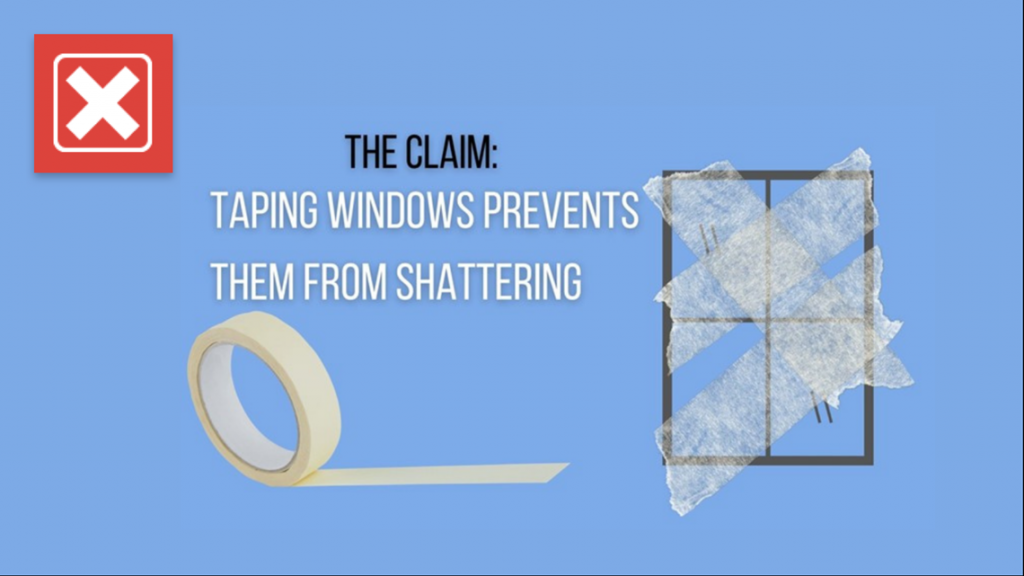
Understanding why taping windows is ineffective requires a basic understanding of how hurricane winds impact structures. During a hurricane, intense wind gusts exert immense pressure on the exterior of a building, including windows and doors. When wind speeds reach extreme levels, the pressure differential between the inside and outside of a building can become significant. This pressure difference, rather than the direct force of the wind itself, is often the primary cause of window failure.
Why Tape Fails the Test:
Taping windows, while seemingly logical, does not address the underlying issue of pressure differential. The tape may hold shattered glass fragments together momentarily, but it does little to prevent the initial breakage or the forceful intrusion of wind and debris into the building. Once a window fails, the sudden influx of wind can create a build-up of internal pressure, potentially leading to catastrophic structural damage, including roof failure.
Effective Alternatives for Window Protection:
Instead of relying on the ineffective practice of taping windows, consider these proven methods for enhancing window protection during a hurricane:
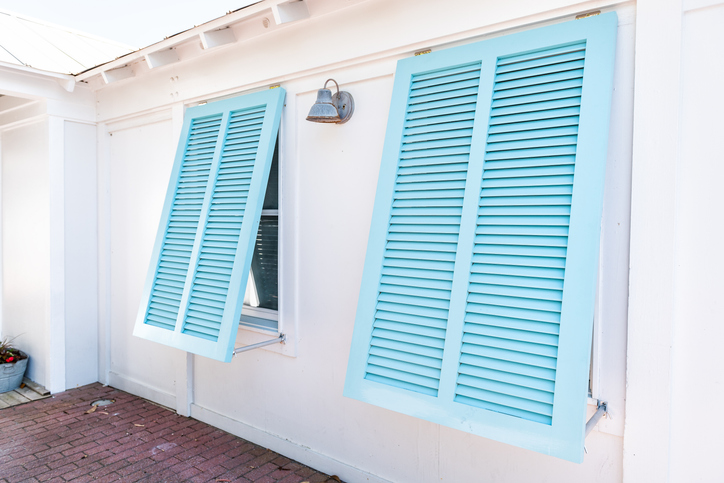
- Hurricane Shutters: Permanent or removable hurricane shutters offer the most robust protection for windows. These shutters are typically made of aluminum or steel and are designed to withstand extreme wind pressures and flying debris.
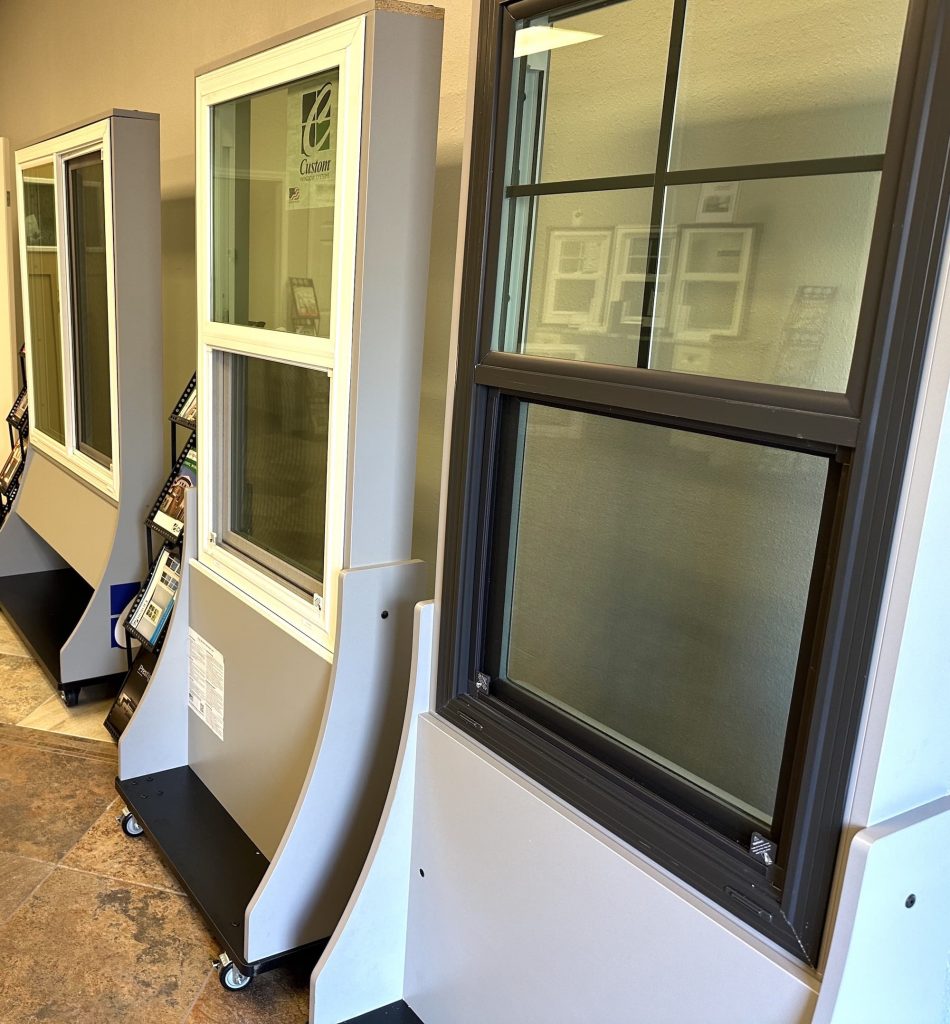
- Impact-Resistant Windows: Investing in impact resistant windows provides a permanent solution for enhanced window protection. These windows are constructed with laminated glass and reinforced frames, significantly reducing the risk of breakage during a storm.
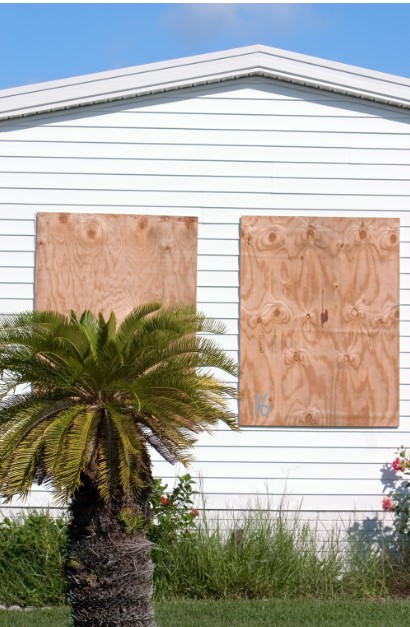
- Plywood: While not as aesthetically pleasing or convenient as shutters or impact-resistant windows, properly installed plywood can offer a temporary and more affordable alternative. Ensure the plywood is cut to fit each window and securely anchored to the window frame.
Dispelling the Myth, Promoting Safety:
The myth of taping windows as an effective hurricane protection measure persists due to a combination of misinformation and a desire for simple solutions. However, understanding the science behind window failure and the limitations of tape is crucial for making informed decisions about hurricane preparedness
Hurricane Mythbusters: Opening Windows Doesn’t Protect Your Roof

Amidst the flurry of preparations during hurricane season, a common misconception often emerges: opening windows helps equalize pressure and prevents roof damage during a storm. This seemingly logical notion, however, is a dangerous myth that can actually worsen the situation and put your home at greater risk.
Understanding Pressure Dynamics:
To grasp why opening windows is counterproductive, it’s crucial to understand the basic principles of pressure dynamics during a hurricane. As hurricane-force winds batter a building, they create a zone of low pressure outside. If the building is relatively airtight, with windows and doors closed, the pressure inside remains higher. This pressure differential, while still posing a threat to windows and doors, helps to maintain the structural integrity of the roof.
The Perils of Open Windows:
Opening windows during a hurricane disrupts this pressure balance. Instead of equalizing pressure, it allows the strong winds to enter the building, creating a buildup of internal pressure that pushes upwards on the roof. This internal pressure, combined with the external wind forces, can significantly increase the risk of roof uplift and structural failure.
Wind Tunnel Effect and Debris Hazards:
Beyond the pressure concerns, opening windows creates a wind tunnel effect, allowing wind and debris to enter the building with greater force. This can turn everyday objects into dangerous projectiles, causing significant damage to the interior of your home and posing a serious threat to anyone inside.
Focus on Proper Roof Protection:
Instead of resorting to the myth of opening windows, focus on proactive measures to protect your roof during a hurricane:

- Roof Inspections and Maintenance: Regularly inspect your roof for any loose shingles, damaged flashing, or other vulnerabilities. Address any issues promptly to ensure your roof is in optimal condition to withstand a storm.
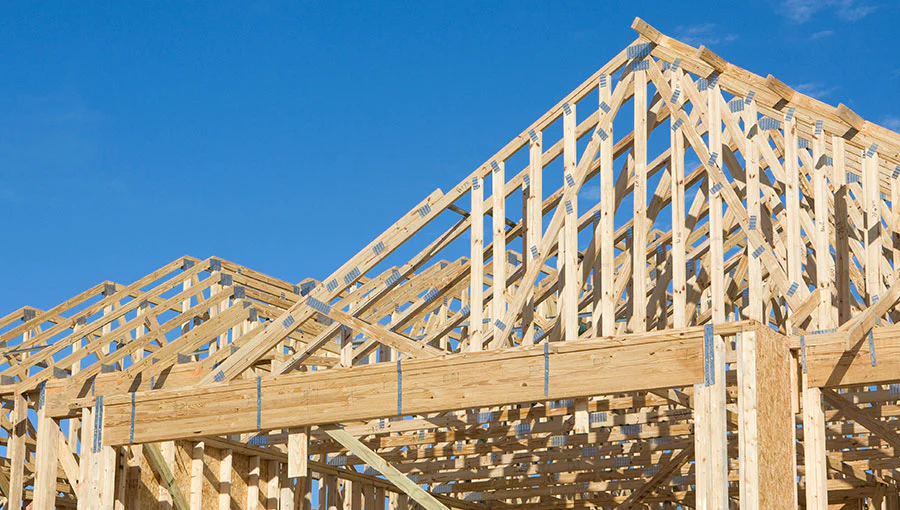
- Hurricane Straps and Reinforcements: Consider reinforcing your roof structure with hurricane straps or clips. These metal connectors help to secure the roof to the walls of your home, increasing its resistance to uplift forces.

- Impact-Resistant Roofing Materials: If you live in a hurricane-prone area, consider investing in impact-resistant roofing materials, such as metal or asphalt shingles specifically designed to withstand high winds and flying debris.
Hurricane Mythbusters: Storm Surge is More Than Just a Big Wave

When hurricanes threaten coastal communities, the term “storm surge” frequently arises, often accompanied by misconceptions about its nature and dangers. One common myth portrays storm surge as simply a large wave crashing onto the shore. However, the reality of storm surge is far more complex and menacing, posing a significant threat to life and property.
Understanding the Mechanics of Storm Surge:
Storm surge is not a singular wave but rather an abnormal rise of water generated by a storm’s winds pushing seawater towards the coast. As a hurricane approaches land, its powerful winds act like a giant fan, shoving a massive volume of ocean water towards the shoreline. This surge of water can reach heights of several feet, inundating coastal areas far beyond the reach of normal waves.
Factors Influencing Storm Surge:
Several factors influence the severity of storm surge, including:
- Hurricane Intensity: Stronger hurricanes with higher wind speeds generate more powerful storm surges.
- Size and Shape of the Hurricane: Larger hurricanes with a broader wind field tend to produce more extensive storm surge.
- Angle of Approach: The angle at which a hurricane approaches the coast influences the direction and height of the surge.
- Coastal Topography: The shape and slope of the coastline play a crucial role in determining the extent of inundation. Low-lying areas and shallow coastal waters are particularly vulnerable to significant storm surge.
The Destructive Power of Storm Surge:
Storm surge is often the most destructive and deadly aspect of a hurricane. The forceful rush of water can inundate coastal communities, causing extensive flooding, structural damage, and erosion. Additionally, storm surge can exacerbate the impact of heavy rainfall, leading to even more severe flooding.
Beyond the Wave: Additional Threats:
The dangers of storm surge extend beyond the immediate threat of flooding:
- Strong Currents: The surging water creates powerful currents that can sweep away people, vehicles, and debris.
- Contaminated Water: Floodwaters from storm surge can be contaminated with sewage, chemicals, and other hazardous materials.
- Debris Impact: The force of the surge can carry large debris inland, causing significant damage to structures and posing a danger to anyone in its path.
Hurricane Mythbusters: Inland Areas are NOT Immune to Hurricane Impacts

When hurricanes threaten landfall, the focus often centers on coastal communities bracing for the brunt of the storm. This leaves many inland residents with a false sense of security, believing they are immune to the impacts of these powerful weather systems. However, the reality is that hurricanes pose significant threats far beyond the coastline, impacting communities hundreds of miles inland.
Wind Hazards Extend Far Inland:
While hurricanes are known for their intense winds near the eyewall, these winds can maintain significant strength as the storm moves inland. Hurricane-force wind gusts can extend hundreds of miles from the center of the storm, causing widespread damage to trees, power lines, and structures. Inland areas, often less accustomed to such extreme winds, can be particularly vulnerable to wind-related damage.
Flooding: A Widespread Threat:
Hurricanes are prolific rain producers, capable of dumping torrential amounts of precipitation over vast areas. As the storm moves inland and interacts with geographical features, such as mountains and hills, the rainfall can intensify, leading to flash floods, river flooding, and mudslides. Inland communities situated near rivers, streams, and low-lying areas are particularly susceptible to these flood hazards.
Tornadoes: A Hidden Danger:
Hurricanes often spawn tornadoes, particularly in the right-front quadrant of the storm. These tornadoes can occur well inland, sometimes hundreds of miles from the coast, posing a significant threat to communities not directly in the path of the hurricane’s core.
Indirect Impacts and Cascading Effects:
Beyond the direct wind, flooding, and tornado threats, hurricanes can trigger a cascade of indirect impacts on inland areas:
- Power Outages: Widespread wind damage to power lines can lead to prolonged power outages, disrupting essential services and daily life.
- Transportation Disruptions: Flooding and debris can make roads impassable, hindering transportation and emergency response efforts.
- Economic Disruptions: Business closures, agricultural losses, and supply chain disruptions can have significant economic consequences for inland communities.
Hurricane Mythbusters: Lower Category Doesn’t Mean Lower Risk

As hurricanes approach landfall, their categorization often becomes a focal point of public attention. The Saffir-Simpson Hurricane Wind Scale, which ranks hurricanes from Category 1 to 5 based on wind speed, provides a valuable tool for understanding potential wind damage. However, a common misconception arises when hurricanes weaken below Category 3: the assumption that lower category storms pose minimal threats. This misconception can lead to complacency and underestimation of the dangers associated with these still-powerful weather systems.
Beyond Wind Speed: A Multifaceted Threat:
While wind speed is a crucial factor in hurricane categorization and potential damage, it’s essential to recognize that hurricanes are multifaceted threats. Even as a hurricane weakens below Category 3, it can still unleash a range of hazards, including:
- Heavy Rainfall and Flooding: Hurricanes are prolific rain producers, capable of causing significant inland flooding regardless of their wind speed category. Slow-moving or stalled hurricanes can dump torrential amounts of rainfall over a region, leading to flash floods, river flooding, and mudslides.
- Storm Surge: The storm surge, a rise in seawater level pushed ashore by the hurricane’s winds, remains a significant threat even as wind speeds decrease. The height and extent of storm surge depend on various factors, including the size and track of the hurricane, coastal topography, and the timing of tides.
- Tornadoes: Hurricanes can spawn tornadoes, regardless of their category, particularly in the right-front quadrant of the storm. These tornadoes can pose a significant threat to communities both near the coast and further inland.
Case Studies: Lower Category, High Impact:
History provides numerous examples of lower-category hurricanes causing significant damage and loss of life:
- Hurricane Harvey (2017): Despite weakening to a Category 1 hurricane at landfall, Harvey stalled over Texas, producing catastrophic flooding and becoming one of the costliest hurricanes in U.S. history.
- Hurricane Florence (2018): Florence made landfall as a Category 1 hurricane but caused extensive flooding and damage in the Carolinas due to its slow movement and record-breaking rainfall.
